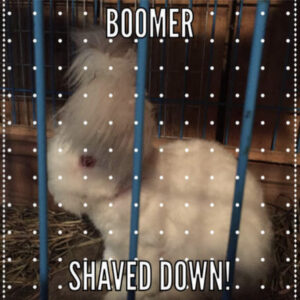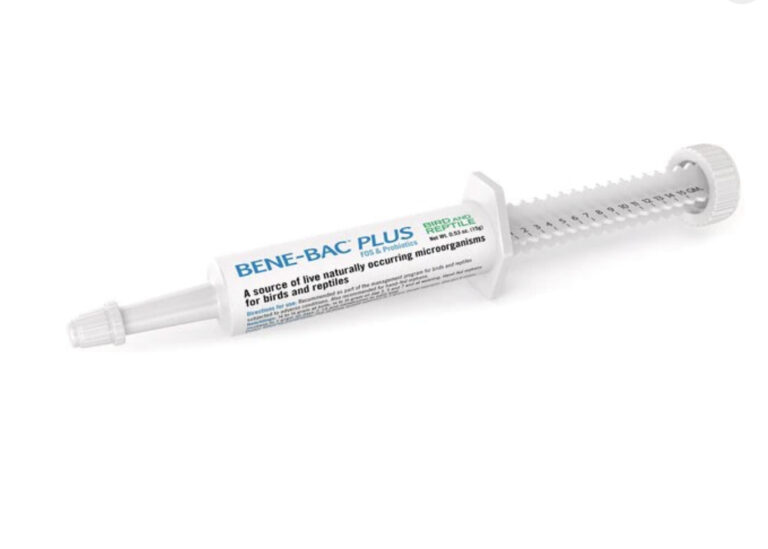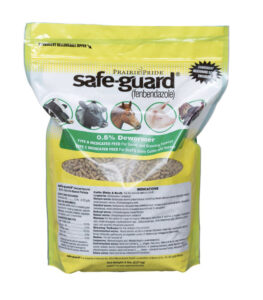Rabbit Quarantine
CBB Rabbit Quarantine
Always consult a Veterinarian for medical questions about your bunny!
Each time we bring a new bunny into our herd, we have a quarantine process that we subject them to. Our quarantine program lasts a minimum of 60 days.

The first 7 – 6o days Quarantine for a new bunny!
We house every new rabbit in a separate room away from the rest of our herd. If we suspect the possibility of fleas, we dose them with Revolution (for cats) as a preventative or treatment for possible fleas mainly but it will also kill mites (ear and fur mites). Now they wait out the 7 days to acclimate and adjust to their new, temporary quarantine home.
During the first 7 days, there are just a few things done, feed, water, clean, and check bunny bottom periodically. We do not interact with the rabbit any more than this. Reason being, any additional stress from moving could cause a downward spiral in its health and we need this time for him/her to adjust and be comfortable, not scared.
Keep children, other pets, and extremely loud noises to a minimum this first week. You do want the bunny to get used to new voices and pets in the home but no handling the bunny or grooming the first week unless absolutely necessary.
If the bunny is not eating well, we do have to step in and watch him/ her more carefully. We add BOSS, calf manna, and old fashioned oats to top off feed. Not all three of these treats are necessary. Sometimes I top off food with oats only and that will entice them to eat. This usually does the trick but if it doesn’t, the next step is to try a few simple veggies. Our first choice of veggies are fresh cilantro and romaine lettuce. Normally they go after these and you can feed them daily without harming the bunny. They will soon be back on feed.
Worse case scenario would be if you had to force feed. Critical Care is what you feed a sick bunny and be purchased at rabbit supply stores online or find it in our Bun Shop here. Before we do this, because it is going to stress the bunny, we put the bunny in a safe area or playpen in the yard to graze on grass. This has worked for me every time but once. The one time it didn’t work is because the rabbit got bloated from medicine and it was too late for intervention unfortunately.

It’s not a bad idea to add probiotics to the water every other day the first week. Make sure the gut/digestive system is working just fine. If you see no noticeable problems, such as, poor eating, stools are not normal, not drinking enough, then you will not have to intervene or add anything special to their diet.
You do need to start transitioning onto the new feed (whatever you choose to feed it) once you know the bunny is eating well. We mix our feed in a little more each day until it is 100% our feed.
If for any reason we did not treat with Revolution the first day or two after the new bunny arrived, we will give an injection of Ivermectin at this time. Ivermectin will kill mites, both fur and ear. It is not used to treat fleas. Most rabbits we have purchased were flea free so this has not been an issue. Revolution is a prescription you must get from your veterinarian. Ivermectin is a cattle wormer that will treat mites and intestinal worms. Please be very careful if you use this product as you can easily overdose. We administer 0.015 cc to juniors and 0.02 cc to seniors (EA) with a very precise 1 cc syringe. Please check dosage with your veterinarian if you choose to use this product. We repeat this treatment every 7-14 days until we are certain there are no fur or ear mites. We will not give this injection during any other medical treatments however. It can be given Sub-q as an injection, orally, or used as a topical on the back of the neck.

Our next treatment is the Bunny Vac
This vaccination is USDA approved and we vaccinate our entire herd annually.
Thirty days after the initial vaccination, they receive their second dose of Bunnyvac. This vaccination is good for one year then. The only time you give two doses (30 days apart) is if it is the first time ever given to the rabbit. Read more about the Bunnyvac by clicking right here.

We wait a few days and begin the next step in our quarantine process. We treat the rabbit for 9 consecutive days with a daily dose of Panacur or Safeguard (fenbendazole). This treatment is to rid the bunny of the possible dormant parasite that causes E Cuniculi. We learned about this parasite the hard way and now we know that a 28 day treatment of a daily dose of Panacur will rid and kill the parasite if it is active. Most rabbits have been exposed and carry this parasite so we treat it to prevent an attack. If the rabbit does not exhibit any signs of having an active outbreak, we administer a 9 day prevention treatment. To read more about E Cuniculi, click here.
No medications are given at the same time. We will give a second dose of Revolution 30 days after the first if we feel it might be needed. At some time during the quarantine period we also treat for Coccidia by using Cord in their water. This is something we do every few months in our entire herd as well. It is not a full blown treatment for an active outbreak but is great to use as a healing agent and prevention. To read more about Coccidiosis, click here.
If there are no symptoms of any illness after 60 days, two injections of the Bunnyvac (30 days apart), 9 consecutive days of a Panacur doses and a minimum of 1 dose of ivermectin are given (if Revolution is also used), they are released into our regular herd area. Ivermectin injection is done right before we move the bunny into our normal herd area. Ivermec is a wormer and also kills fur/ear mites in bunnies. We continue using Ivermectin as a mite prevention throughout their time in our rabbitry. Mites are a parasite that can be picked up in the yard from stray animals passing through. Mites are known to come in on the hay as well. Mites can also be a small problem that takes time to show up and they could have had them for months without you knowing it. It is easiest to remember to administer prevention treatments with Ivermec.
Ideally, we try to give every bunny a dose of Ivermectin every time we groom/harvest wool from a rabbit.
If the rabbit in quarantine is in poor coat condition, we will shave the wool off. If ever we find signs of fur mites, we remove the coat regardless and start over growing out a healthy coat. You do not want to remove nasty coats the first 7 days though. This is unnecessary stress for the rabbit. Give them a week to adjust please.


